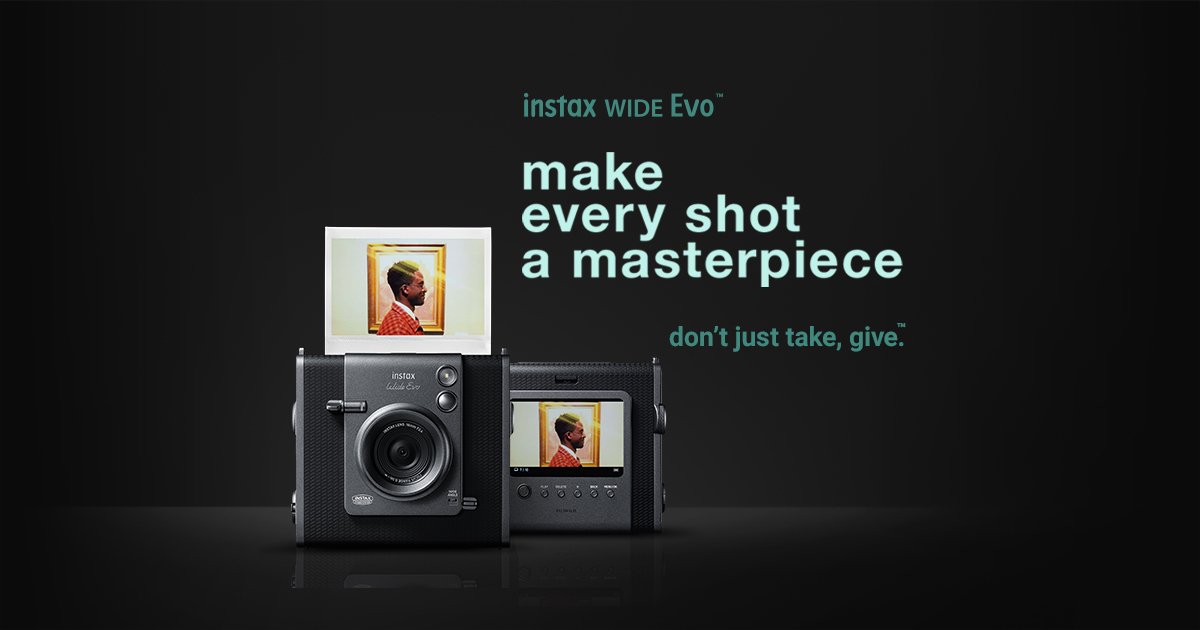Interesting discussion.
I have three SX-70 which in my opinion is a camera which represent a masterpiece in engeenering, specially considering the "era" in which they were buit.
Unfortunately, now none of mine works, for different reasons. One has a stuck mirror (I tried the different operations suggested to bring it back to the correct posiiton as I did in the past but now no success).
Another has some elctric issue, last time I tested it expelled 8 photos at a rhythm of one per second and I did. not manage to stop it 😱
The third seems to be completely dead but I'll keep it forever because a present from a close friend who is no more with us.
Nobody will repar then in the country where I live (Italy) and to ship them oversea is cost prohibitive.
I agree with G. that what is fascinating in istant photography is "the variability and
lack of absolute consistency," but in the lately I was very disappointed by the new SX-70 films which I found to unreliable. Yes, the one or sometimes two good result from an 8 exposure pack are absolutely gorgeous but this becomes very expensive. In this meaning I understand the disappintment by D. due to the high cost of wasted film.
I also took out of the boxes a few old SX-70 and 600 Polaroid photos from 20 years ago to take part in RoidWeek spring 2025 and compared to the recent they are much much better, colour, definition, etc. And possibility to manipulate.
But...there always is a but...
I have seen many works done with Polaroid which are simply excellent and inspiring. Like the photos above by Chris. Super! Gas is behind the corner!
This post is long enough, more thoughts in the next one.
View attachment 4864128
















